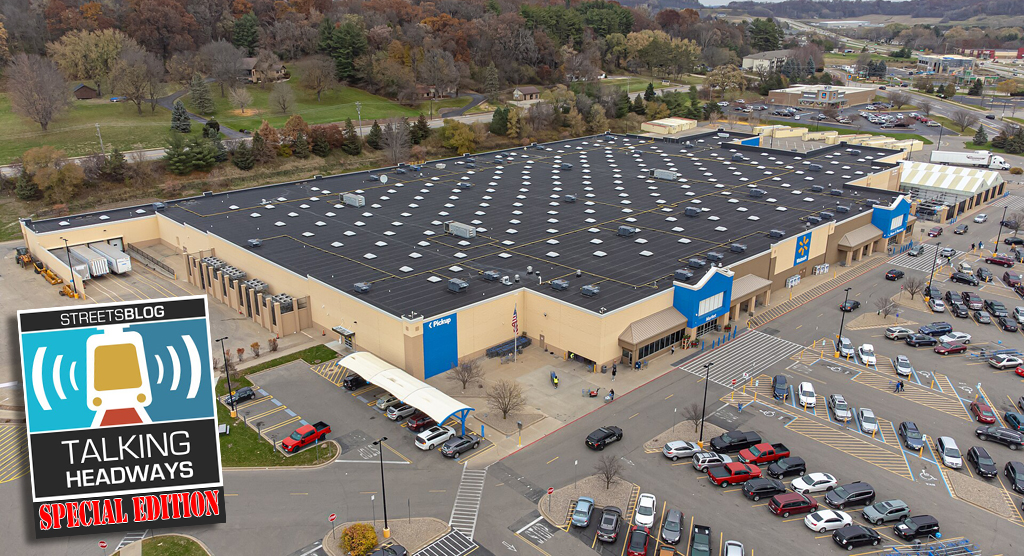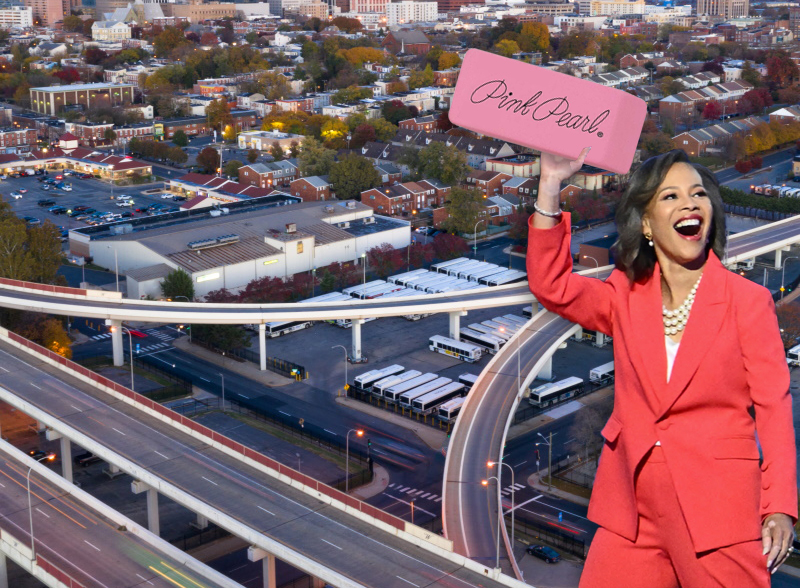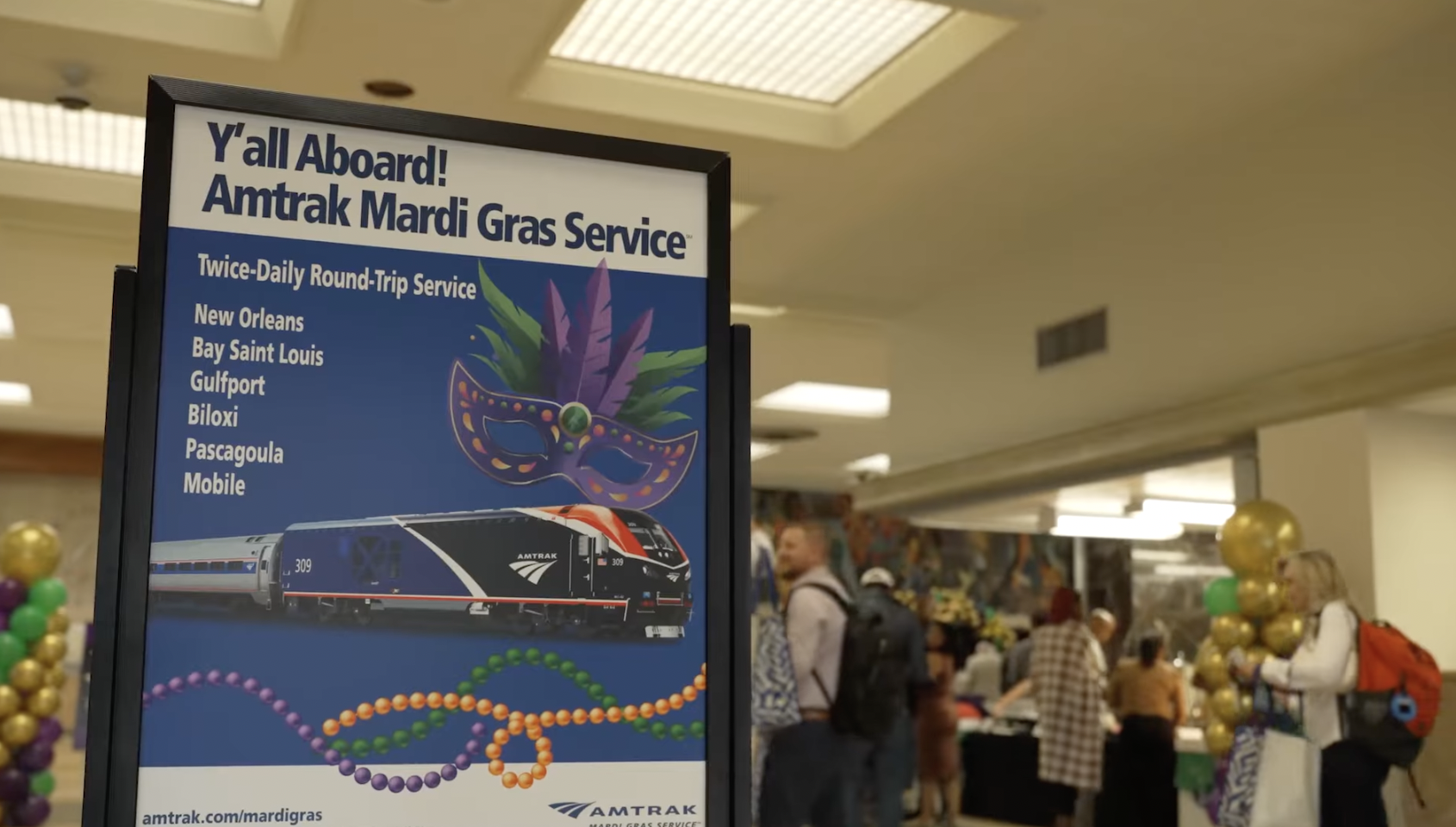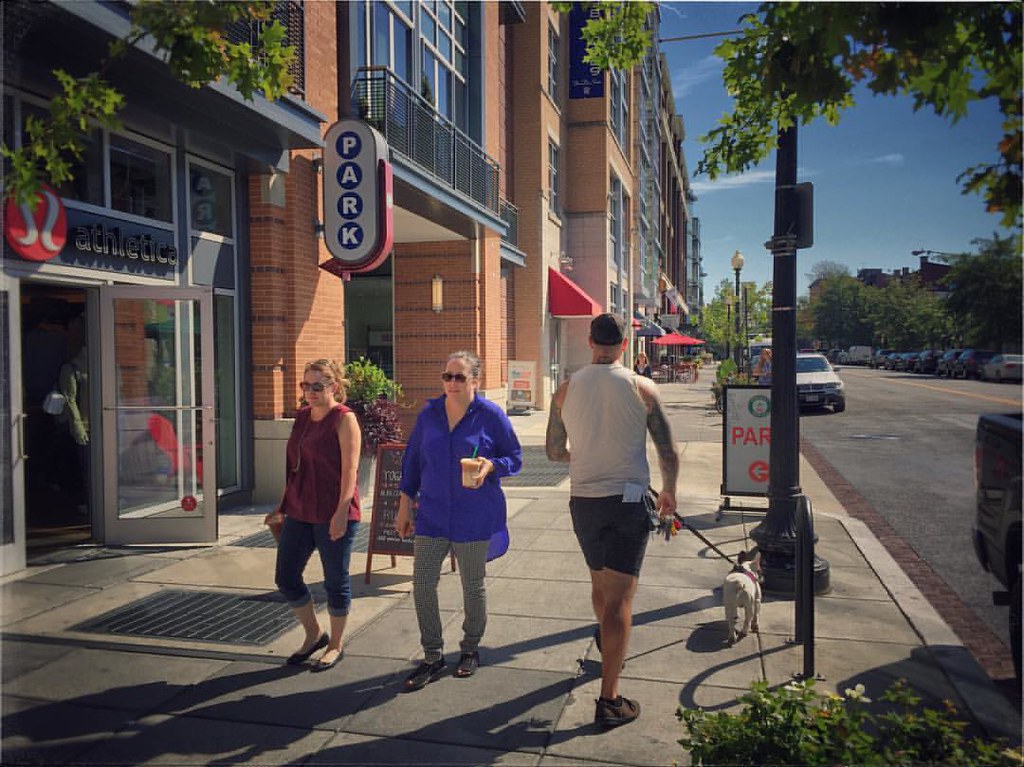This week's Talking Headways is about why our country is coming apart at the seams. Sure, we're talking with Stacy Mitchell of the Institute of Local Self Reliance about her recent Atlantic article, "The Great Grocery Squeeze," but this special edition of Talking Headways is about so much more than deregulation or zoning and, instead, gets to the very core of the challenge we are facing as a nation.
This is must-hear radio.
It was a great chat, so if you want to read all of it, check out the unedited transcript here. If you want the highlights, there's an edited transcript below the player. And if you want to listen to the whole thing, just click the player below:
Partial edited section:
Jeff Wood: I see a connection to the entrenchment of the culture of sprawl in Wes Marshall's book, Killed by a Traffic Engineer. And one of the things I took away from that book was this idea of exposure and risk. When you’re forced to drive more, you create more risk for yourself. So making people go to these big box stores in different parts of the increases people’s risk.
Stacy Mitchell: It's so deeply connected. There is a lot of data that shows that the amount that people drive for shopping and running kind of day-to-day errands has increased dramatically as Walmart and other big box stores have taken over.
And from the other vantage point, if you create a landscape that’s oriented towards cars, you create a landscape that works very well and very much favors large national retailers at the expense of local businesses.
When you’re flying by on a major roadway at 50 miles an hour, you have a different relationship to distances. In order for you to notice a business, it generally has to be huge and an often it has to have a national name brand, right?
So a big box store like a Walmart super center works in that kind of an environment. And there’s also data that shows that, when you’re moving in a car, proximity starts to matter less and scale matters more as in people will drive further to get to a bigger store. So you start to favor the scale of the store. You start to favor national brands. It all works in their direction.
Took the kids this summer to see some of our most fiercely protected conservation areas. Was magical.
— Tom Flood (@tomflood.bsky.social) 2025-02-18T20:18:10.376Z
And of course, a lot of the financing and development activity that goes alongside that type of land use and transportation system is a result of these big national companies doing the development and the financing and so on.
So that whole landscape is oriented to favor big business. And, meanwhile, in the kind of mixed-use, walkable areas where you downplay the role of cars, proximity matters at the speed of walking. And so the sort of neighborhood corner store has a lot more value and a different relationship to you.
And when you’re moving at that pace, then you notice things. You’re walking past businesses that you’re noticing. They don’t have to have a national brand to attract your attention. All of this, I think also very much like relates to where we are in terms of the breakdown in our basic civic fabric as a country. There’s research that shows if you run your errands by walking around your neighborhood or going into a downtown, a dense place where there are businesses that are owned by your neighbors, you are far more likely to have a happenstance conversation in that environment.
And chatting with someone while you’re waiting in line or whatever it may be, what sociologists call loose social connections, matter a huge amount. Like these are not your close personal friends, but they are the stuff that like makes our communities operate. And, there’s also evidence kind of connecting all these dots that people who live in places where there are more locally owned businesses and more of that kind of an environment vote more often than people who don’t.
And they’re more likely to belong to a community organization or a neighborhood organization. They’re more likely to know their neighbors. So all of these things are very deeply intertwined. Figuring out how to get out of the mess we’re in means looking at the granular level of how the places we live work.
Jeff Wood: It also makes me think of tax policy. When a big box store moves in and how much they pay for the parcel of land versus all of the small businesses.
And also just like we talk all the time in urban spaces is about, how much tax rolls are wiped off when you build a new highway and you have to replace it with an interchange. There’s a lot of stuff on social media of people overlaying a highway interchange with the town of Padua in Italy, where you’re looking at the difference in making money versus spending money. That also ties everything together. There’s so much stuff that’s interconnected and we just don’t talk about it as much as maybe we should.
Stacy Mitchell: That’s so right. It’s really astonishingly stupid that we have a tax system where the neighborhood businesses, the downtown businesses, are paying a much higher property tax rate per square footage than the big box stores on the outskirts.
And we haven’t even talked about Amazon, which is paying nothing even though it is causing all sorts of wear and tear on our streets and our systems. Amazon is not contributing in the form of property tax, except the few places where they have warehouses. And of course, warehouses, given their locations are taxed at a much lower rate than the kind of neighborhood retail that we’re talking about.
At the federal level, it’s even more astonishing. Most recent years, Amazon has paid an effective federal tax rate of zero. Meanwhile, your independent bookstore, your local toy store, local pharmacy, is paying an effective tax rate typically of between 20 to 25 percent. In what universe does it make any sense to have such a tilted playing field against businesses that are actually there that are part of your community and adding to the life of your street?
It’s just really backwards. And when you get into all of this, whether it’s the land use choices, the antitrust choices, the tax policy choices, you realize that we are losing small businesses and community banks and local farms and all of this kind of local economic life, not because those businesses aren’t effective at what they’re doing — they’re often highly effective and often really great — but they’re being driven out because they’re in an environment in which policy has dramatically tilted the playing field against them in favor of their biggest competitors.






